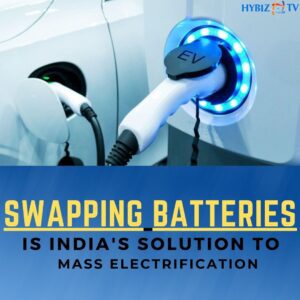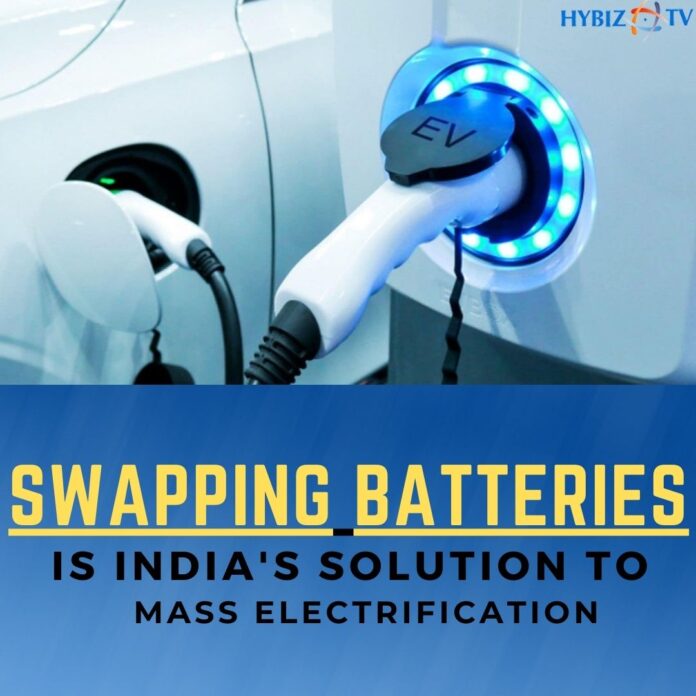India has discovered a method for electrification:
India has discovered a method for mass electrification: battery swapping, despite the fact that it lacks sufficient electric vehicles, powerpacks, or the finance.
In China, the largest EV market in the world, where it is firmly supported by official policy, the solution, which allows for the exchange of empty batteries for charged ones, is still in its infancy. It hasn’t fully taken off elsewhere. However, it might help India advance in its efforts to increase its electric footprint and cut down on transportation-related emissions.
Battery switching stations are increasingly common in the crowded neighbourhoods of the Indian capital’s large and small retail establishments. In the meantime, the government has recently released a draught EV battery swapping strategy to encourage supply and uptake. It is also looking at potential locations for new swapping and charging stations along India’s heavily polluted roadways.
Most of the time, ambitious Indian businesses have made progress. Electric autorickshaw drivers may swap batteries at retail locations or pay as they go thanks to the technology platform Sheru. It collaborates with all key players in the energy storage value chain. Battery Smart, which just completed a $25 million fundraising round lead by Tiger Global, is concentrating on fast establishing a swapping network while collaborating with domestic battery producers. In order to install swapping stations at its warehouses, Sun Mobility is collaborating with Amazon India in the Maharashtra state, which is home to Mumbai, the world’s financial centre.


Due to the prevalence of two and three wheel vehicles in India, which makes it easier to charge and replace the smaller powerpacks, it is currently demonstrating promise. Users’ commute costs are drastically reduced while energy efficiency is raised. A sizeable portion of the emissions are also caused by these smaller cars. This approach may serve as a template for other developing nations striving to keep their environmental commitments.
Although a progressive move, the policy draught will need the support of state governments and substantial funding to be implemented in second- and third-tier cities that are smaller, denser, and more polluted. To preserve quality, it will also need to be more specific about the different battery kinds, as well as provide better tax breaks for powerpacks that are becoming more and more expensive. State-owned businesses must also participate, as they have in China.
When mass adoption of battery swapping for vehicles reaches the four-wheeler sector, India’s longer-term problem will be determining whether it can do it efficiently. Nio Inc. had to make large capital expenditures in China. The company had over 960 battery swapping stations built as of the first quarter in 197 locations across the nation.














